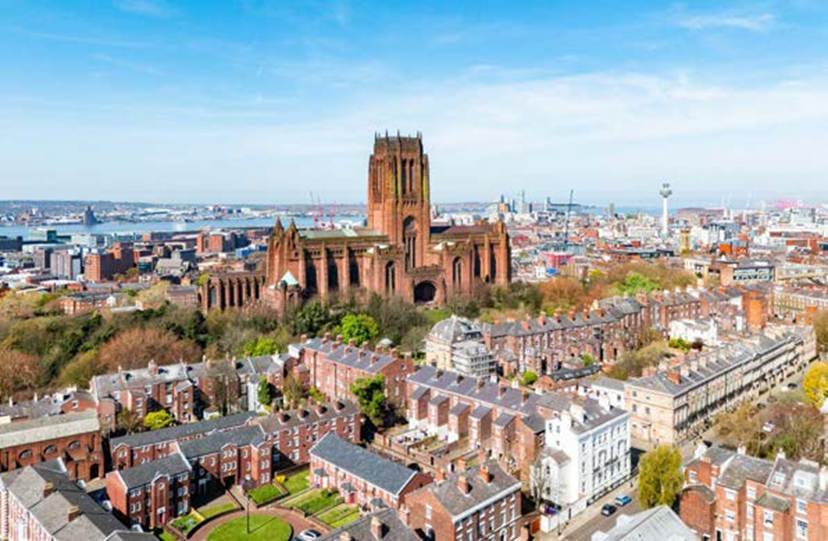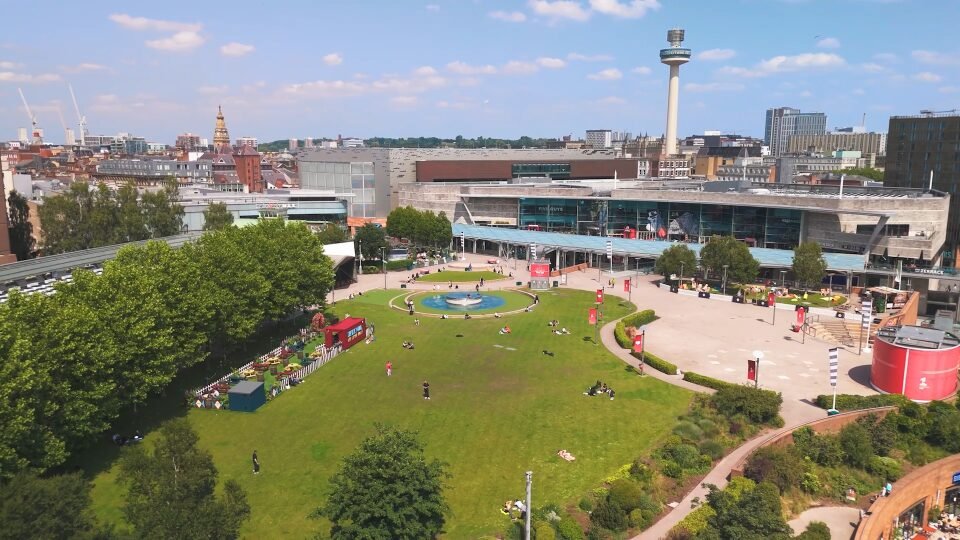Liverpool City Council is set to review a new planning framework aimed at protecting the city’s historic buildings, neighbourhoods, and landscapes.
The proposed Historic Environment Supplementary Planning Document (SPD) outlines how future developments should respect and preserve Liverpool’s unique character. A draft version will be presented to the Council’s Cabinet on Tuesday, 15 July.
The draft SPD has been shaped through engagement with residents, heritage groups, and other stakeholders. If approved by Cabinet, it will be subject to further public consultation before being finalised later this year.
Once adopted, the SPD will become a key consideration in planning decisions affecting listed buildings, conservation areas, and registered parks and gardens. Any proposed developments or alterations in these areas will need to reflect the city’s historic significance.
The SPD is intended to support Liverpool’s Local Plan and complements existing policies such as the Tall Buildings SPD. It aims to ensure that all new development enhances, not undermines, the city’s historic environment.
Liverpool is home to around 1,500 listed buildings and structures, and five Scheduled Ancient Monuments, including landmarks such as The Calderstones and West Derby Castle. Just recently, the Metropolitan Cathedral received Grade I listed status in recognition of its cultural and architectural significance.
The draft SPD also recognises 36 conservation areas and 10 registered parks and gardens, including Wavertree Garden Suburb, Newsham Park, Hartley’s Village, Woolton Village, and Castle Street. Liverpool’s world-famous waterfront receives particular focus, with the document calling for riverside developments to blend sensitively with the area’s natural and historic surroundings.
The SPD outlines four key aims:
- To identify and define the city’s heritage assets;
- To outline common types of development proposals in heritage areas;
- To provide clear guidance on the Council’s expectations for such proposals;
- To offer advice on balancing sustainability and climate adaptation with the protection of historic significance.
Councillor Nick Small, Cabinet Member for Growth and Economy said:
“As we look to the future and the amazing new projects being planned to take the city forward, we must also remember the incredible buildings and places that make this city so special.
“Liverpool is steeped in history and this document will help us protect our cherished landmarks while making new ones. We are lucky to have much-loved greenspaces all over the city, and this proposed policy would put necessary safeguarding measures in place for them.
“Most of all, this city belongs to its people, which is why consultations with residents and businesses are so valuable.”
READ MORE: Liverpool to host first global events for UN International Day of Hope 2025










